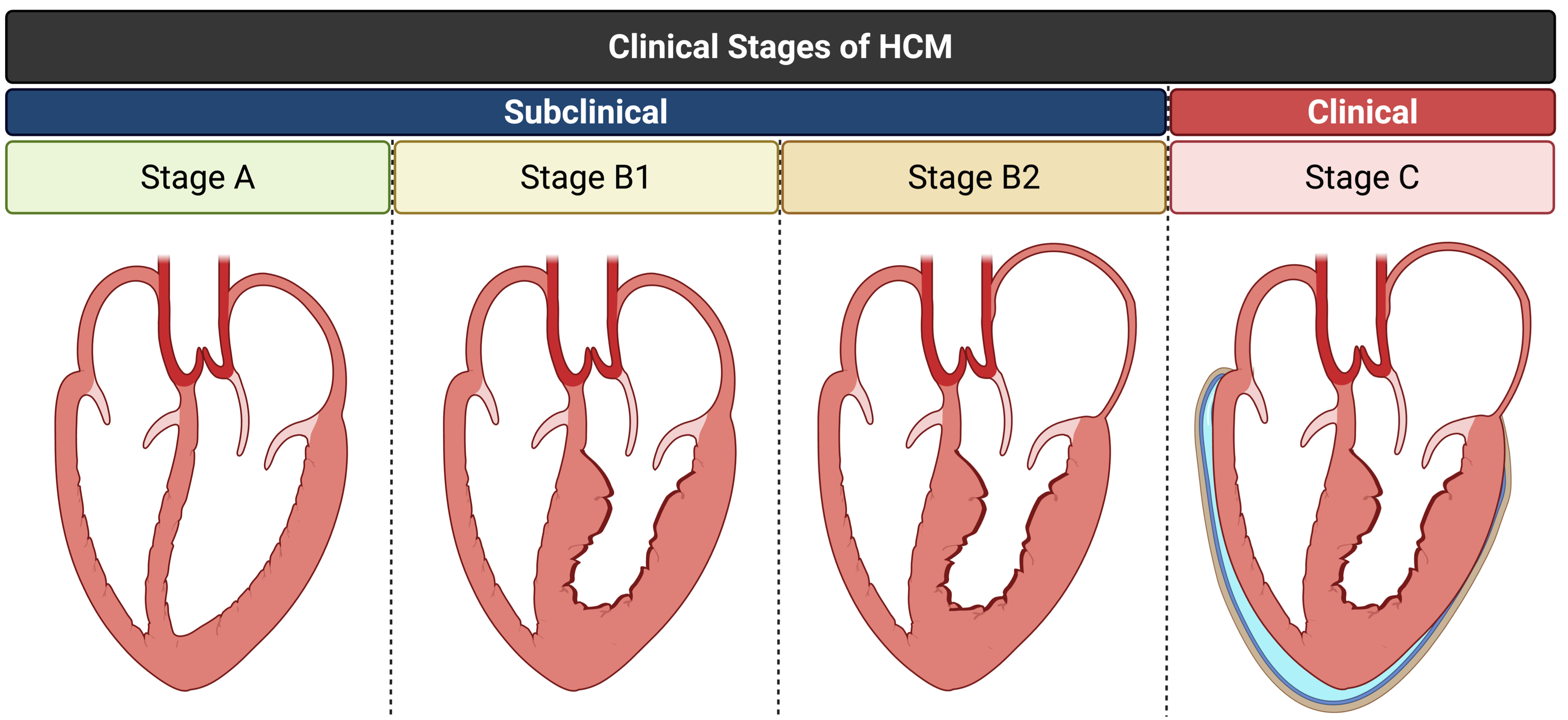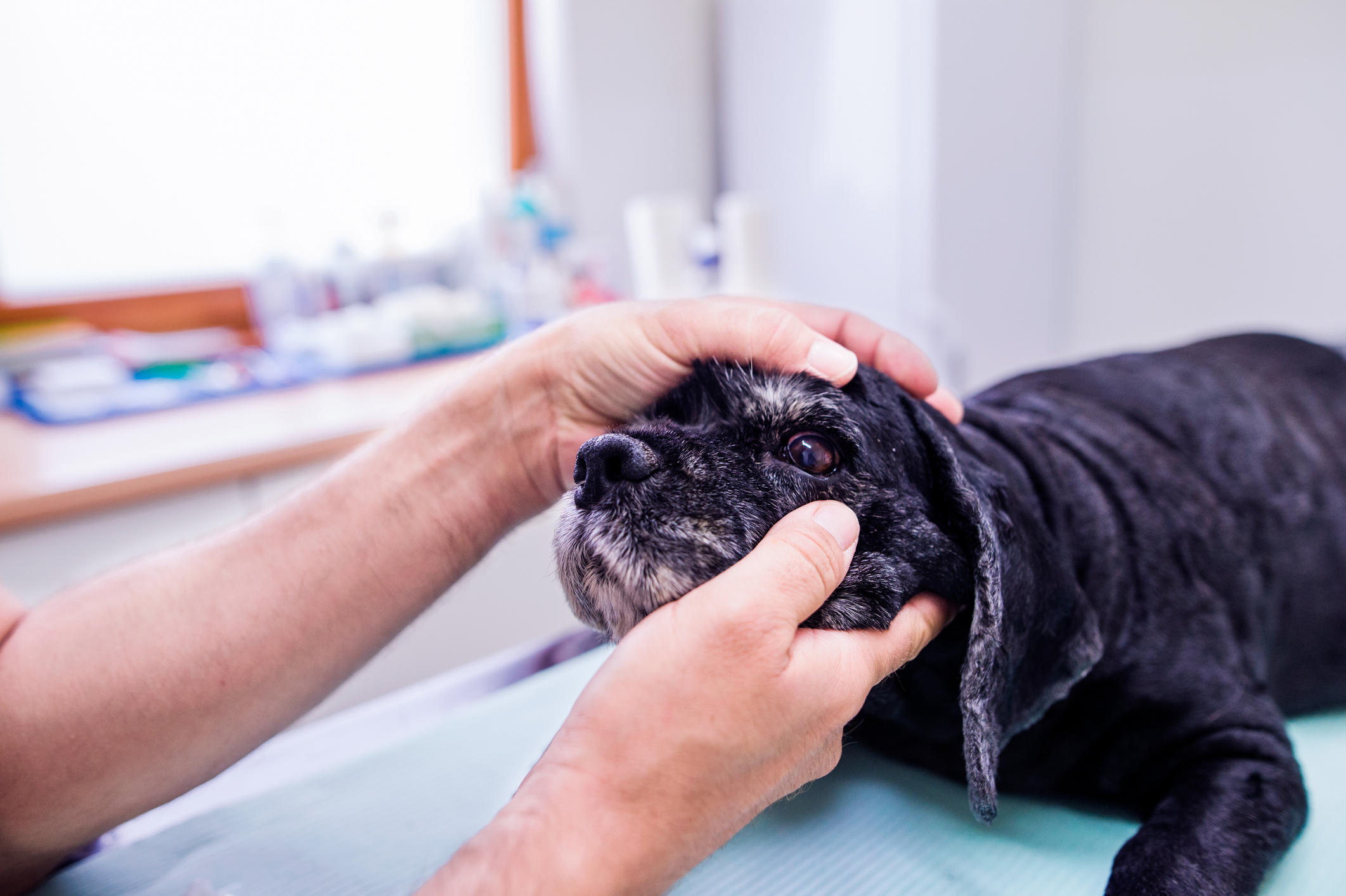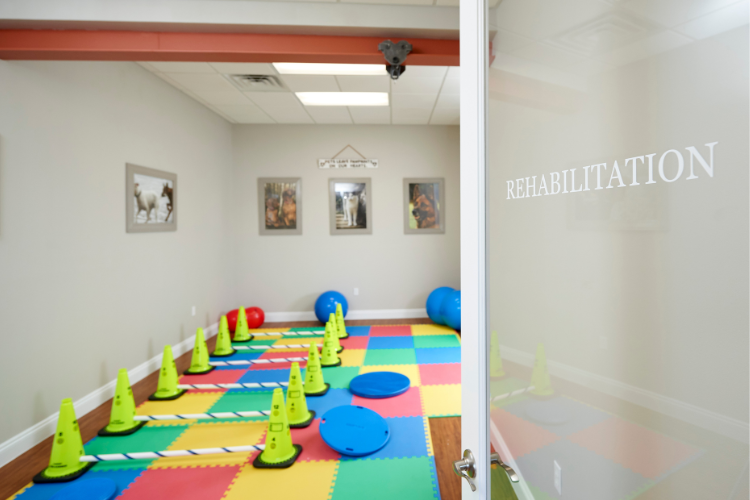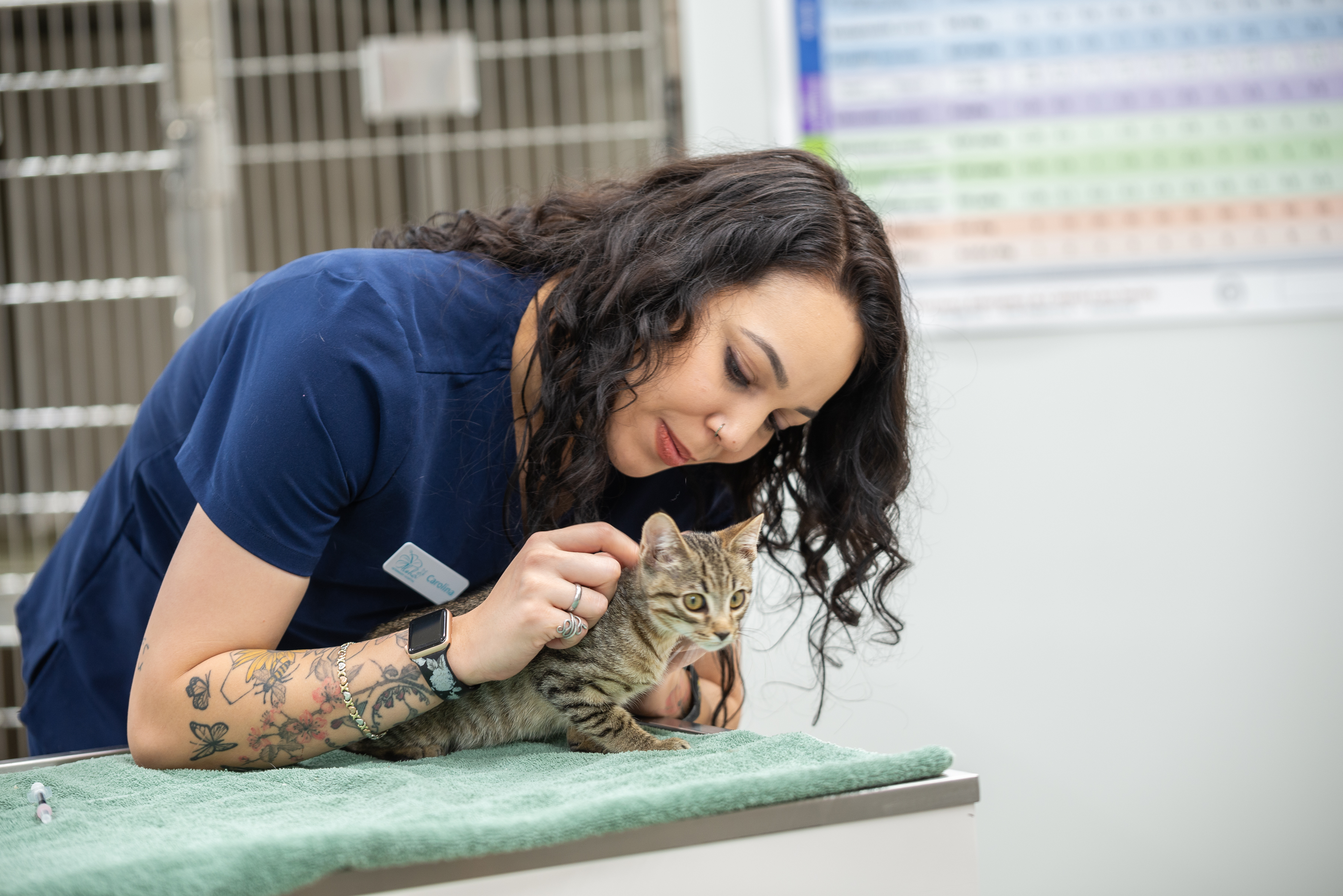HCM is defined by non-physiologic thickening of the left ventricle leading and diastolic dysfunction. This hypertrophy is characterized by disorganized cardiomyocytes, myocardial fibrosis and abnormal myocardial blood supply.
Hypertrophic cardiomyopathy (HCM) is the most common cardiac disease in cats, affecting approximately one in seven cats (14%).
Although HCM is believed to be largely genetic, many affected cats have no known mutation. Several mutations have been linked to HCM in purebred cats – most notably in the MYBPC3 gene for Maine Coons (A31P mutation) and Ragdolls.
Although prevalence is high, diagnosis of subclinical HCM can be challenging. Early detection offers the best opportunity to intervene. Maine Coon and Ragdoll cats should be genetically tested for known MYBPC3 mutations. Positive cats should begin annual NTproBNP or echo screening at two to three years. Primary screening tools include:
-
Echocardiography
-
Auscultation
-
Cardiac biomarkers
-
Electrocardiography
-
Radiography
HCM is diagnosed by echocardiographic identification of left ventricular wall thickness exceeding 6 mm (excluding papillary muscles/moderator bands) during diastole. For cats under 3 kg, a 5 mm threshold may be more appropriate. HCM isn’t the only thing that causes left ventricular thickening. Phenocopies must be ruled out.
-
Hyperthyroidism
-
Systemic hypertension
- Other lookalikes such as aortic stenosis, acromegaly, transient thickening post severe stress, severe hypovolemia
Staging of feline HCM
Clinical manifestations range from asymptomatic to congestive heart failure (CHF), thromboembolism and/or sudden death. Myocardial ischemia and ventricular arrhythmias are common in more advanced stages. oHCM can occur at any of these stages and may come and go from evaluation to evaluation.
Stage A
At-risk cats without evidence of disease (e.g., Maine Coon cat with MYBPC3 mutation). Recommend annual reevaluations.
Stage B1
Asymptomatic cats with LV hypertrophy but normal or minimally enlarged left atrial size. Annual rechecks advised.
Stage B2
LV hypertrophy with moderate left atrial enlargement or other obvious disease progression risk factors, but no clinical signs.
Stage C
Clinical signs (e.g., CHF, thromboembolic disease) present.

Treatment overview
Stages A and B1, subclinical
- No treatment is recommended for Stage A or B1 without obstruction.
- Atenolol
- Felycin-CA1 (sirolimus delayed-release tablets) This delayed-release rapamycin product is now conditionally approved for the management of left ventricular hypertrophy in cats with subclinical HCM. It should be avoided in cats with diabetes and those with abnormal liver enzymes on routine biochemistry.
Stage B2
- Clopidogrel
- Resistance testing
- ACE inhibitors (enalapril or benazepril)
- Felycin-CA1 (sirolimus delayed-release tablets) is a delayed-release rapamycin product now conditionally approved for the management of left ventricular hypertrophy in cats with subclinical HCM. It should be avoided in cats with diabetes and those with abnormal liver enzymes on routine biochemistry.
Stage C (CHF)
- Furosemide
- Clopidogrel
- ACE inhibitors (enalapril or benazepril)
- Spironolactone
- Pimobendan
Therapeutic options for feline HCM have been limited for decades, but several medications under investigation are showing promise:
Delayed-release rapamycin
In a recent pilot study, rapamycin reduced or halted ventricular thickening in subclinical HCM. A conditionally approved product Felycin-CA1, is now available and the fully approved product is awaiting results of larger clinical trials. A large, multicenter trial (HALT HCM Study) is underway. This represents the most promising advancement in feline cardiomyopathy management to date.
Sarcomere contractility inhibitors
Mavacamten/aficamten appear effective in humans with HCM and oHCM. Both have shown appropriate pharmacologic activity in cats, but feline-specific chronic dosing trials are lacking.
New therapies like rapamycin and myosin inhibitors hold the potential to fundamentally alter the HCM treatment landscape in cats. Continued research and clinical trial participation is critical to move the field forward for this incredibly common feline disease.Read the full publication here.
Share
Related blogs

Revolutionizing Veterinary Ophthalmology: Enhancing Ocular Health with Innovative Tear Film Solutions

Puddin's Story
A behavior case study focusing on medication choices, training programs, setbacks, and recovery.

